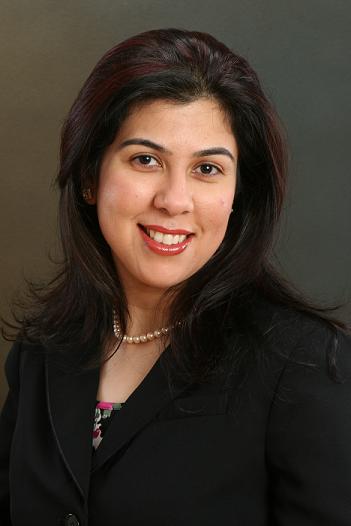Contribute
| In Retirement, Plan To Make Your Money Last |
Kanan Sachdeva, Northwestern Mutual
04/22/2014
Some people have a clear idea of how they want to live once they stop working. For many others, however, retirement is a step into the great unknown. The problem is, without a roadmap for turning your savings into a sustainable stream of income, it’s difficult to create the type of lifestyle you want for the future.
Planning for retirement is a lifelong process that should begin as soon as you start working and continue throughout your retirement years. But whether you are five years from retiring or 30, the following can help you achieve financial security for when the big day finally comes.
Step 1: Practice retirement
Like most people, you may spend years fantasizing about the day when you can finally stop working. But what will your retirement look like? Financial experts recommend that you think about what you want to do when you retire and then “practice†some of it first. For example, if you’d like to move to a warmer climate, try vacationing there several times to get a sense of what it might cost and how it feels not just in the winter, but in the heat of summer. Similarly, if you plan watching your grandkids full time, take a week or two to do a test run. The goal is to try out your plans, determine whether you truly enjoy and can afford them, and make any needed adjustments before you commit.
Step 2: Match your expenses and income
As you think about your lifestyle in retirement, your expenses will fall into two groups: essential expenses (your “needsâ€) and discretionary expenses (your “wantsâ€). Within discretionary expenses, you also may have one-time expenditures, such as funding a grandchild’s
education or adding a sun porch to your home. Whether you make a spreadsheet on your computer or simply list your expenses on a pad of paper, the goal is to create a retirement budget that captures as many anticipated costs as possible.
Next, consider the money you’ll have coming in. Typically, retirees draw from three categories of income in retirement: guaranteed sources of income (such as Social Security, pensions and lifetime income annuities), savings and investments, and any employment income.
Once you know what you’re likely to have coming in, pair your income and expenses based on their priority, matching your “needs†with your guaranteed income sources first. If the predictable income you expect won’t cover all your essential expenses, you may want to either adjust your plans or consider converting a portion of your savings into a regular stream of income. Conversely, if you have a surplus, you can use the “extra†money to cover any discretionary expenses.
Step 3: Decide which account type to tap first
One way to maximize the amount of money you may have in retirement is by planning the order in which you spend your different investment accounts. The starting point is to consider whether you plan to use your assets for ongoing expenses in retirement or to pass them along to your heirs or charities.
For many, it makes sense to draw from your taxable accounts first in order to keep the assets in your retirement accounts growing tax deferred for as long as possible. Tax-exempt accounts, such as Roth IRAs, should be spent last. However, there is no rule-of-thumb when it comes to the order in which you should liquidate your assets.
If you plan to pass your assets along to your heirs or charities, you may want to spend tax-deferred assets with the intention of bequeathing taxable assets, which receive more-favorable tax treatment when inherited.
The order in which you withdraw your retirement savings is an important decision that becomes even more complex once you reach age 70 ½. That’s when you must begin taking annual required minimum distributions (RMDs) from your IRAs and retirement plans.
Because each person’s situation is unique, you should include both your financial professional and tax advisor in these discussions.
Step 4: Protect your savings
Consider putting enough money into a savings or liquid money market account to cover your withdrawal needs for at least two years. This can help prevent taking money out of your investments when the market and share prices are trending downward.
If you haven’t already, consider funding a long-term care plan (LTC) as well. LTC funding can help protect your retirement nest egg from the financial impact of the costs of extended care either at a facility or in your home.
Step 5: Fine tune along the way
Spending retirement assets can be even more complex than building them: Your retirement savings need to provide reliable income to meet your ongoing expenses for the rest of your life. Reviewing your plan annually and keeping it current is vital to making this happen.
Consider just some of the things that can change in a year. Your marital or health status could change; your investment returns and inflation rate could fluctuate; and your employment status and expected retirement date might shift. Each of these can have a profound impact on the amount of money you may have to spend in retirement.
That’s why it’s important to work with a financial professional who understands that retirement planning is an ongoing process — someone who knows what it takes to accumulate assets for retirement, mitigate the risks that can affect your retirement years, and how to turn your funds into a distribution plan designed to generate sufficient income to meet your lifestyle needs for as long as you need it to.
You may also access this article through our web-site http://www.lokvani.com/
